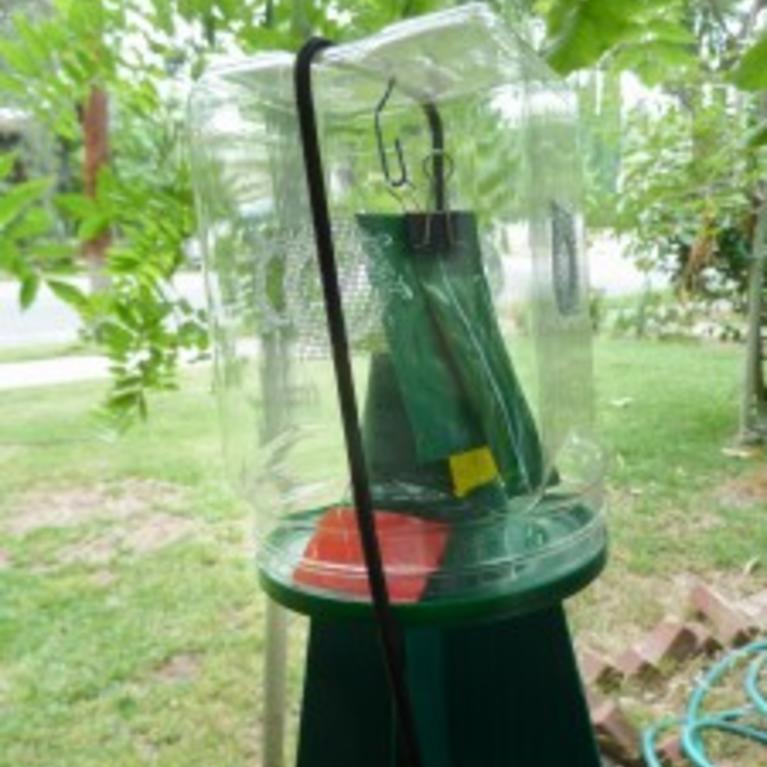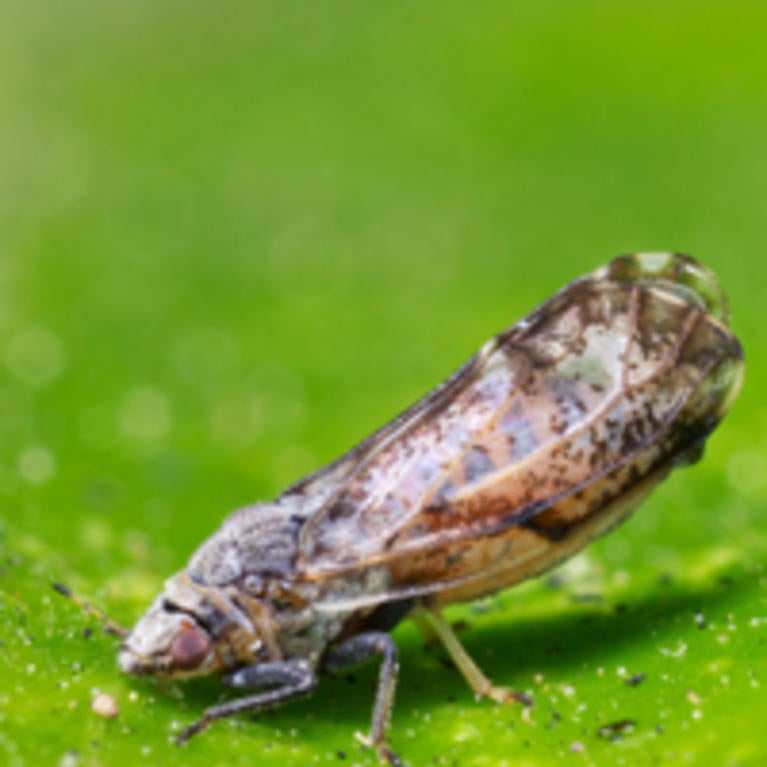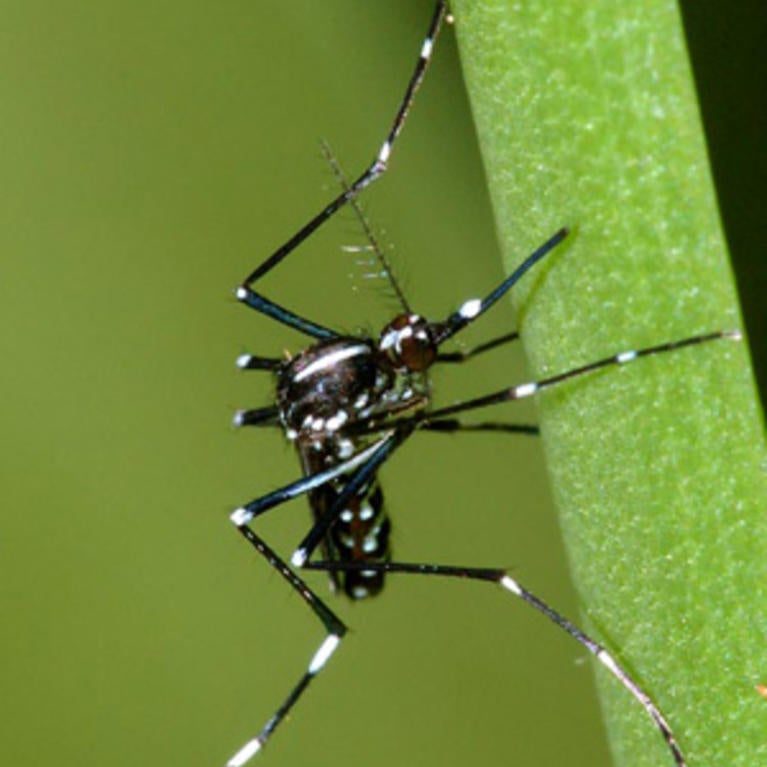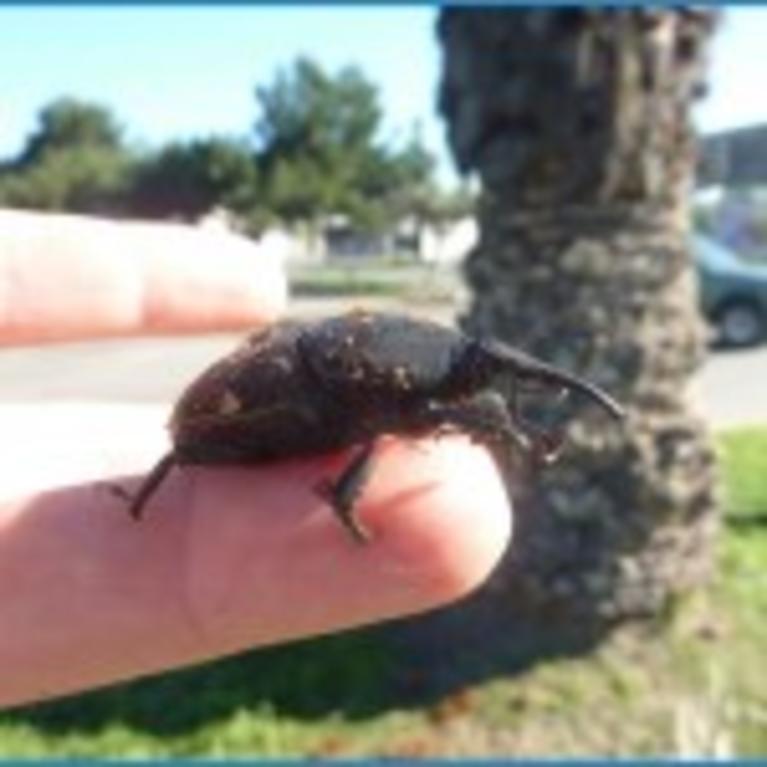
What’s in the Fridge?”: Collections of Invasive Insect Pests from Around the World
Anna Kuchment, Editor for Scientific American, produced a very nice article ( “End of Orange Juice ” [Scientific American vol. 308 pp. 52-59, March 2013]) on the Asian citrus psyllid and huanglongbing situation in California, Florida, and other countries affected with this pest and disease. During Anna’s visit to UC Riverside to cover this story...

Pheromone Trapping Program for the Brown Marmorated Stinkbug
A Pheromone Trapping Program for the Brown Marmorated Stinkbug ( Halyomorpha halys) Begins in Los Angeles County, California Brown marmorated stinkbug (BMSB), Halyomorpha halys (Hemitpera: Pentatomidae), is an invasive insect pest native to China, Japan, Korea, and Taiwan. It was first discovered and officially documented on the east coast of the USA around 1998. This...
By Mark Hoddle |

Huanglongbing Detected in Hacienda Heights, Los Angeles County
The Situation: On Thursday April 5 2012, after about a week of testing, the California Department of Food and Agriculture (CDFA) removed a pumelo tree with a lemon graft from Hacienda Heights in Los Angeles County after the tree and an Asian citrus psyllidfound on the tree both tested positive for a lethal citrus disease...
By Mark Hoddle |
Entomophagy: Collecting and Eating Red Palm Weevil Larvae from Nipa Palms in Sumatra, Indonesia
The red stripe form of red palm weevil (referred to here as Rhynchophorus vulneratus) is harvested for food from nipa palm trunks in parts of Sumatra by rural and semi-rural agrarians. Nipa palms ( Nypah fruticans; known as buah atap in Indonesia) typically grow in swampy muddy areas (in either fresh or brackish water conditions)...
By Mark Hoddle |
Tamarixia radiata release video
Christina Hoddle explains the release of Tamarixia radiata at UC Riverside. Video recorded on December 20, 2011 at University California Riverside. For more information about Tamarixia radiata and Asian Citrus Psyllid, visit the CISR website: http://cisr.ucr.edu/asian_citrus_psyllid.html
By CISR Team |

Looking for the Asian Tiger Mosquito in Southern California
In September 2011, Asian Tiger Mosquito ( Aedes albopictus) was found in Southern California. Small pockets of communities were reporting extremely aggressive, daytime biting mosquitoes – a telltale sign of the Asian Tiger Mosquito. The Asian Tiger Mosquito was first found in isolated pockets of California in the early 1970’s. It was eradicated, but showed...
By CISR Team |
Invasive species rise after 9-11
Recently CISR Director, Mark Hoddle, was interviewed on the Voice of Russia Radio about new research on invasive species after 9-11. The Associated Press reported hundreds of agricultural scientist who normally conducted inspections for invasive species were redirected to Homeland Security, causing a huge spike of invasive species coming into the US. AP reports its...
By CISR Team |

Palmageddon: Are California’s Palms about to Face the Perfect Storm?
Two species of giant palm weevils, Rhynchophorus ferrugineus (commonly known as the red palm weevil) and Rhynchophorus palmarum (South American palm weevil) have both been detected in Southern California. The red palm weevil (RPW) was officially discovered in Laguna Beach in Orange County (California USA) in September 2010. The beetle has been declared by FAO...
By Mark Hoddle |

First Move Made Against Red Palm Weevil in Laguna Beach
On May 25 2011, a Canary Islands palm suspected of being infested with red palm weevil in a private residence in Laguna beach was inspected for this pest and later treated with insecticides. The process for selecting and treating palms at Laguna Beach has followed a strict process: (1) Palms with suspected red palm weevil...
By Mark Hoddle |
Bed Bugs
Bed Bugs, Cimex lectularius, Cimex hemipterus and Leptocimex boueti (Heteroptera: Cimicidae) Overview. Human bed bugs were virtually eradicated from the developed world in the middle of the 20 th century. However, as of the first decade of the 21 st century, bed bugs are back and winning. Bed bug infestations have been reported from all...
By CISR Team |
Let us help you with your search